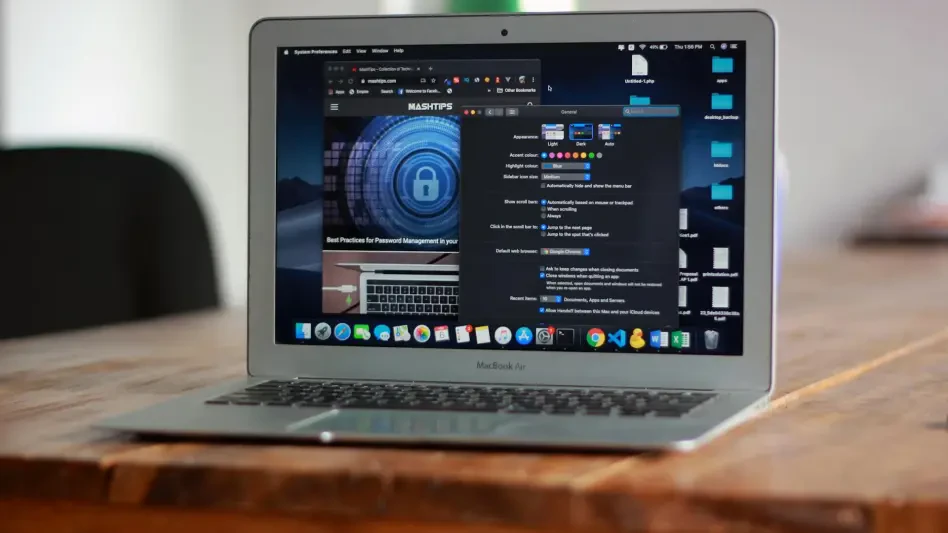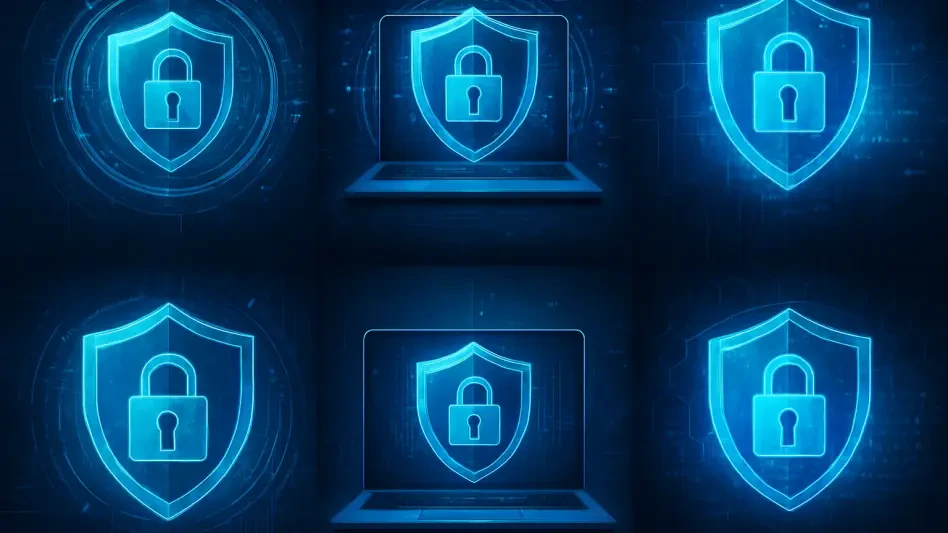In the rapidly evolving landscape of cybersecurity, network monitoring tools remain essential components in safeguarding digital assets. Tenable Network Monitor, a widely used software, has recently been identified as having two critical vulnerabilities that pose serious security threats to its Windows-based users. Cataloged as CVE-2025-24916 and CVE-2025-24917, these vulnerabilities facilitate local privilege escalation and arbitrary code execution, respectively. Affecting all versions of the software prior to 6.5.1, these flaws carry CVSS scores of 7.0 and 7.8, highlighting their potential impact. The discovered vulnerabilities emphasize the importance of timely updates and patches to maintain secure network environments.
Understanding the Vulnerabilities
The first vulnerability, CVE-2025-24916, surfaces when the software is installed outside the default directory structure, leading to improper access control of unsecured permissions in sub-directories. This issue can result in local privilege escalation, where a user with limited access can gain elevated privileges on the system. It’s classified under the Common Weakness Enumeration as CWE-284, indicating a failure in enforcing access control measures. Such a flaw allows potentially malicious users to exploit unsecured sub-directories, leading to unauthorized access and control. Given how network monitoring tools typically require extensive access for effective functioning, any lapse in security can have cascading effects on the overall network defense strategy.
The second vulnerability, CVE-2025-24917, is no less concerning. It permits attackers to execute arbitrary code with SYSTEM privileges if they manage to plant malicious files within unsecured application directories. In environments where system access is shared among multiple users, this capability poses a significant risk. Once the attacker gains control, they can potentially operate with full administrative rights, leading to a complete system compromise from a previously low-privileged user account. This type of vulnerability is particularly alarming as it undermines the very fabric of system integrity, which organizations rely on to maintain secure operations and protect sensitive data.
Mitigative Actions and Recommendations
To mitigate these vulnerabilities, Tenable has responded by releasing the critical version 6.5.1, which includes necessary patches to address these security weaknesses. The updated version not only rectifies the immediate threats but also includes updates to several third-party components integral to the functioning of the software. Key among these are the updates to OpenSSL, expat, and curl, components that play vital roles in ensuring secure communication and data handling within the network monitoring framework. Given Tenable Network Monitor’s critical role in analyzing network traffic and utilizing deep packet inspection for vulnerability detection, implementing these updates is non-negotiable for maintaining system security.
Organizations using this software, particularly on Windows platforms, are strongly advised to upgrade to version 6.5.1. Access to the updated version is available through the Tenable Downloads Portal. Furthermore, it’s equally important for administrators to verify that access control lists (ACLs) are appropriately configured, especially on non-default installation paths, to prevent unauthorized access. While the immediate application of patches serves as a temporary shield, ensuring robust access controls will aid in fortifying the system against other unforeseen vulnerabilities that might be exploited in the future.
Implications for Network Security
The revelation of these vulnerabilities underscores a broader challenge faced by cybersecurity tools—balancing the need for comprehensive network access with stringent security controls. As network monitoring tools are instrumental in vulnerability scanning and traffic analysis, any weaknesses can quickly be exploited to undermine network defenses. Organizations must remain vigilant and proactive in addressing such vulnerabilities, as negligent action could lead to severe security breaches, endangering both data integrity and operational continuity. The swift response by Tenable in issuing patches points to the importance of collaborative security efforts in evolving threat landscapes.
Deploying timely security updates is crucial for sustained protection against emerging threats. While these specific vulnerabilities have been addressed, the dynamic nature of cyber threats demands an ongoing commitment to monitoring and responding to new risks. By staying informed and taking preemptive action, organizations can better shield their networks from potential attacks, ensuring that their security infrastructure adapts alongside the sophisticated tactics employed by cybercriminals.
Future Considerations for Security Postures
In today’s fast-paced world of cybersecurity, network monitoring tools are indispensable in securing digital resources. Tenable Network Monitor, a commonly used software, has recently been found to contain two significant vulnerabilities that threaten the security of Windows users. Known as CVE-2025-24916 and CVE-2025-24917, these weaknesses allow for local privilege escalation and arbitrary code execution, respectively. These issues impact all software versions before 6.5.1, and they have a CVSS score of 7.0 and 7.8, underscoring their potential severity. These discoveries highlight the critical nature of routine updates and patches to ensure network security. Regular software updates can mitigate risks associated with discovered vulnerabilities, especially those that enable privilege escalation and code execution. As cybersecurity threats continue to evolve, it remains crucial for users to prioritize prompt updates and patches to maintain a secure network environment and protect digital assets effectively.








